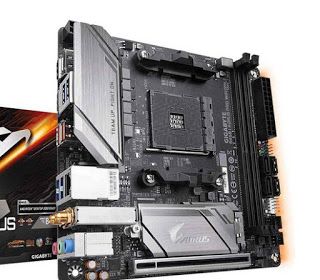

On April 22, NJ Cannabis Insider in collaboration with Advance 360 will host a live webinar with some of the country’s leading cannabis experts to discuss pressing issues facing the industry. Register here.
America’s driving down a long stretch of bad road, and it doesn’t look like the exit will be anytime soon.
At least 22,000 people have died from COVID-19 related complications in the U.S. since the onset of the pandemic, and, in the past three weeks, nearly 17 million have lost their jobs and filed for unemployment benefits. By comparison, nearly 3,000 died in the Sept. 11, 2001 attacks and about 13 million lost their jobs during the Great Depression.
Despite the havoc COVID-19 continues to wreak upon our lives, communities and the economy, some believe cannabis could provide an avenue for recovery.
Jobs, jobs, jobs
Jackie Cornell, chief of health and policy innovations at 1906, said legalizing adult-use cannabis would create thousands of jobs in the leaf-touching industry and through auxiliary services — “construction, security, materials, marketing, legal…the list of work created beyond the license holders themselves is sizable.”
“While an outbreak of this size and scale is a once in a lifetime event, COVID is highlighting the fragility of our collective safety net,” Cornell told NJ Cannabis Insider. “Unemployment is soaring, the strain on our healthcare system is unrelenting and we still have a long road ahead of us before we return to ‘business as usual.’”
Cornell posited that the end of marijuana prohibition could have as wide spread an impact on the economy as the end of alcohol prohibition did nearly 100 years ago when the country was recovering from the Great Depression. Scholars estimate alcohol other excise taxes brought in $1.35 billion in federal tax revenue in 1934, about half of the government’s total revenue.
“There is pent up demand for access to cannabis but there are also so many of New Jersey’s most vulnerable unsure of how they are going to survive this economic downturn,” Cornell said. “And unfortunately it doesn’t appear as though the federal relief in the CARES Act is being rolled out clearly and swiftly.”
A chance for legalization?
Proponents of legalization have been looking for an opportunity to make moves legislatively this year, but it’s clear it won’t be easy to do so.
Fruqan Mouzon, the former counsel for the state Senate Majority Office and an attorney who represents cannabis clients, said conversations about legislation prior to the ballot referendum are already happening.
“Legislation is definitely possible prior to November,” Mouzon said.
“The opportunity is there and hopefully there will be some more receptivity,” said Duane Morris attorney Paul Josephson, who represents GTI NJ, which recently opened a medical marijuana dispensary in Paterson. “But at the moment, it’s certainly difficult to get any elected official to focus their time and energy on cannabis. It’s hard to see how the Legislature could focus on that in the time at hand, but we are in emergency times and it’s possible that the constraints the state finds itself under could push the state to look for a revenue bump.”
Still, not everyone is convinced cannabis has a pathway forward before the November ballot.
Chris Melillo, senior vice president of retail operations for Curaleaf, said he doesn’t believe the Garden State is ready for adult-use as the industry still needs time to ramp up production efforts to ensure adequate supply to meet anticipated demand.
“Curaleaf is focused on providing high-quality medical cannabis to our current patients,” Melillo said. “However, if the state adopts adult-use, it has the potential to benefit veterans and other groups of people who might benefit from access to medical cannabis but who don’t want to apply for the medical program. Adult-use would see additional sales from those potential patients.”
The storm ahead
Melillo said it’s not possible to know all the twists and turns ahead but there are other known factors they can anticipate.
“We can’t predict the long-term impact COVID-19 will have on the cannabis industry,” he said. “We can say that Curaleaf is still hiring at our retail and cultivation locations. As the largest supplier of medical cannabis in the state of New Jersey, our current production has the capacity to fulfill all of our patients’ needs and can continue to scale as the N.J. medical program continues to grow. We can do this while implementing additional COVID-19 measures to protect employees and patients.”
For Josephson, the challenges ahead may be something of a crucible, burning away those companies that have overextended themselves.
“Those who have been good managers and good stewards of their cash will hopefully be able to weather the storm,” Josephson said. “Those who are at the edge are going to find this to be a very challenging time.”
Alan Brochstein, the author of the 420 Investor and founding partner of New Cannabis Ventures, told that MSOs Cresco Labs Inc (OTCQX: CRLBF), Curaleaf Holdings Inc (OTCQX: CURLF), Green Thumb Industries Inc (OTCQX: GTBIF) and Trulieve Cannabis Corp (OTCQX: TCNNF) are the safest bets for cannabis investors in the current environment.


